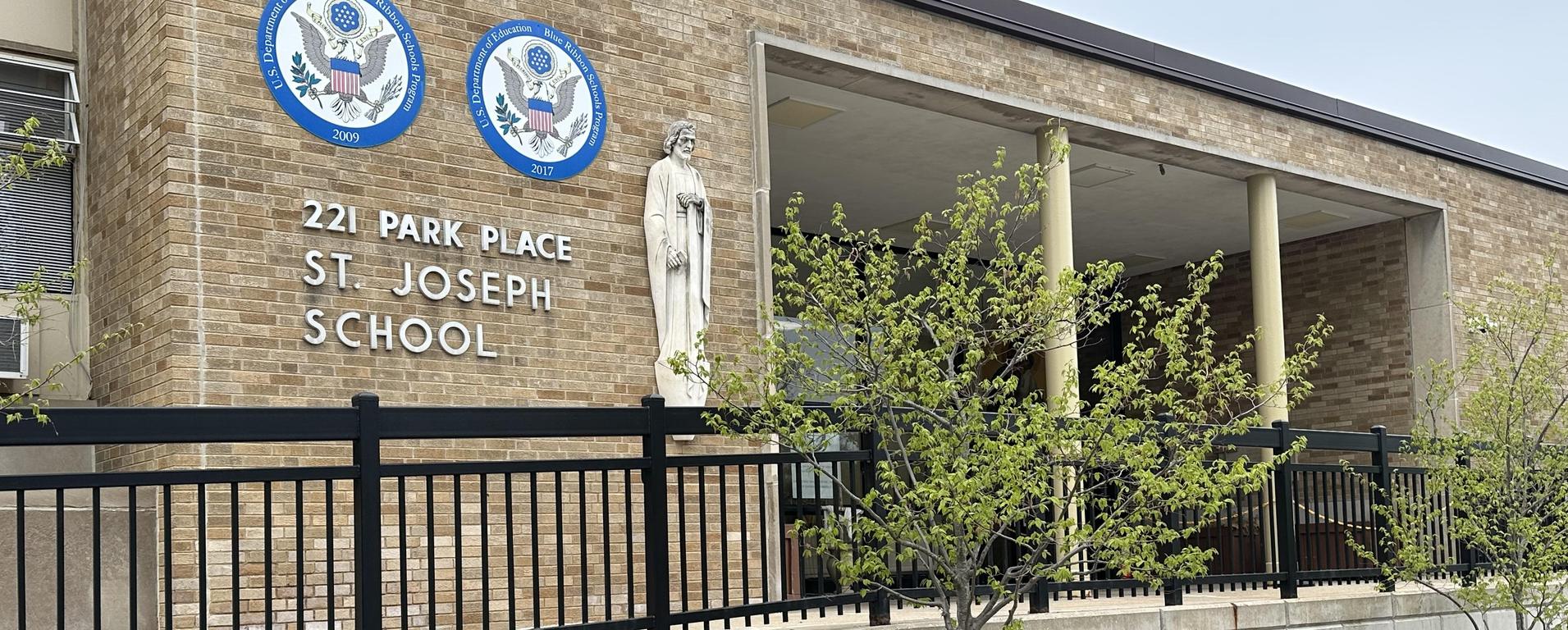Week at a Glance
ELA
- To read with accuracy and prosody
- To segment and spell three- sound short vowel words
- To write a complete sentence using capital letters and punctuation
- To read and spell baseword and suffix with the suffix -s
- To read and spell trick words: who, what, when
- To explain the difference between narrative fiction and informational books
- To identify the components of an informative paragraph
- To analyze the main character’s actions using key details in “The Hare and the Tortoise”
- To identify the components of an informative paragraph
- To identify key details from the text to determine the lessons of Aesop’s Fables
- To collaboratively write an informative paragraph about “The Ants and the Grasshopper” using evidence from the class charts
- To identify and use end punctuation for sentences
MATH
- To compare two two-digit numbers
- To compare two two-digit numbers using symbols
- To make groups of hundreds, tens, and ones
- To count numerals up to 120
SOCIAL STUDIES
- To recognize that people celebrate different holidays around the world
- To compare and contrast traditions from multiple cultures.
- To identify key symbols, foods, and customs related to each holiday.
- To show respect for cultures and traditions that are different from their own.
RELIGION
- To identify Jesus as the Messiah
- To describe how during Advent we prepare ourselves to welcome Jesus into our hearts on Christmas
- To define Advent, Light of the World, and Messiah


